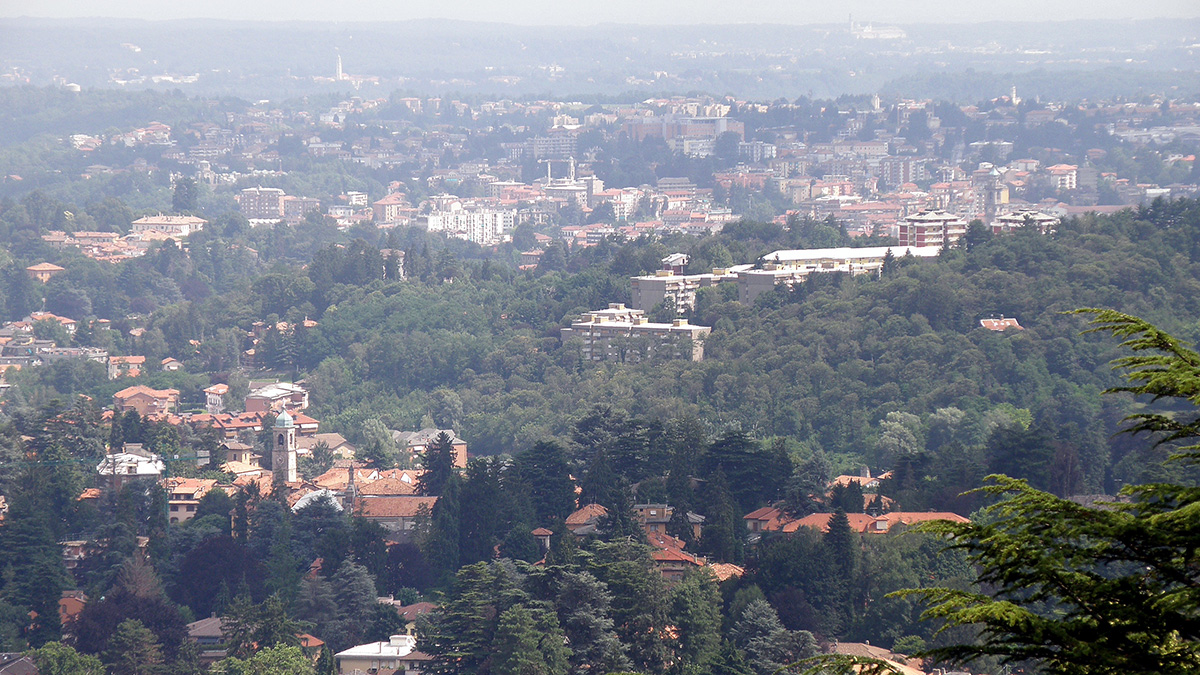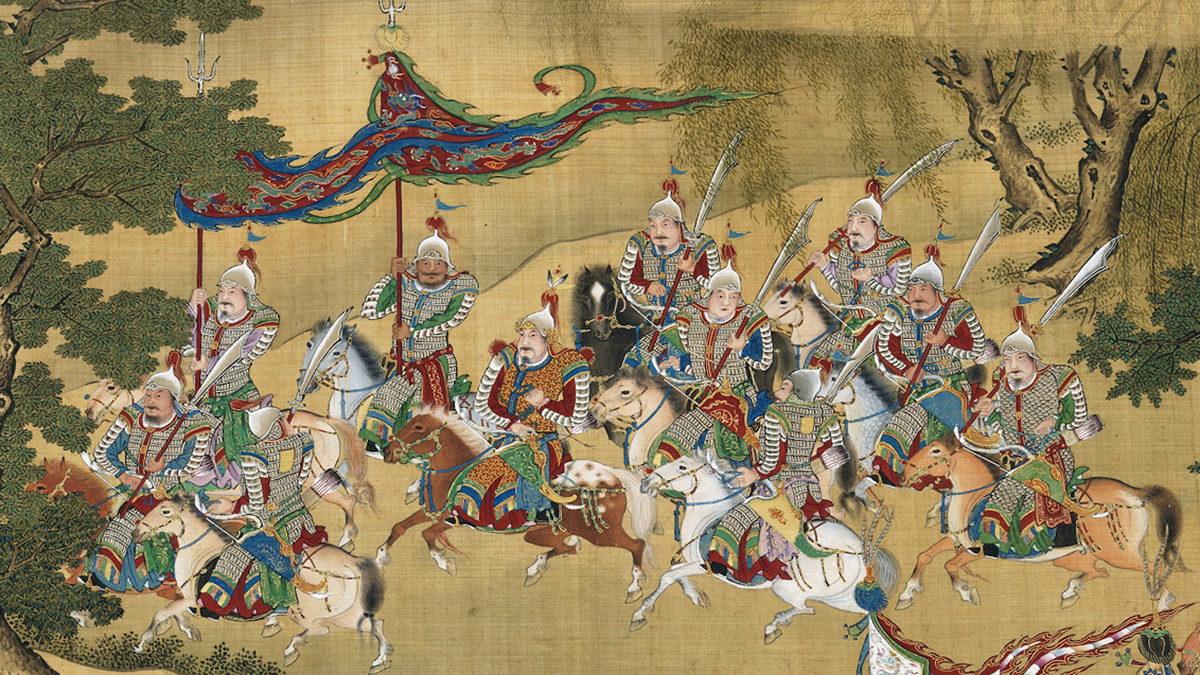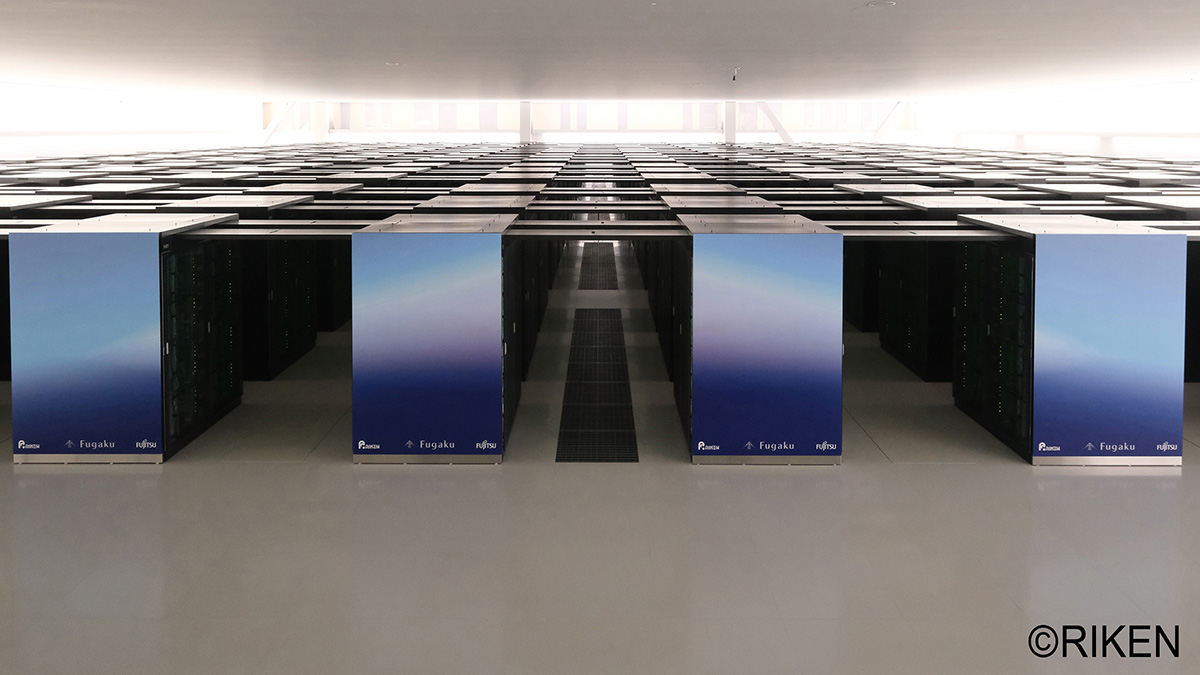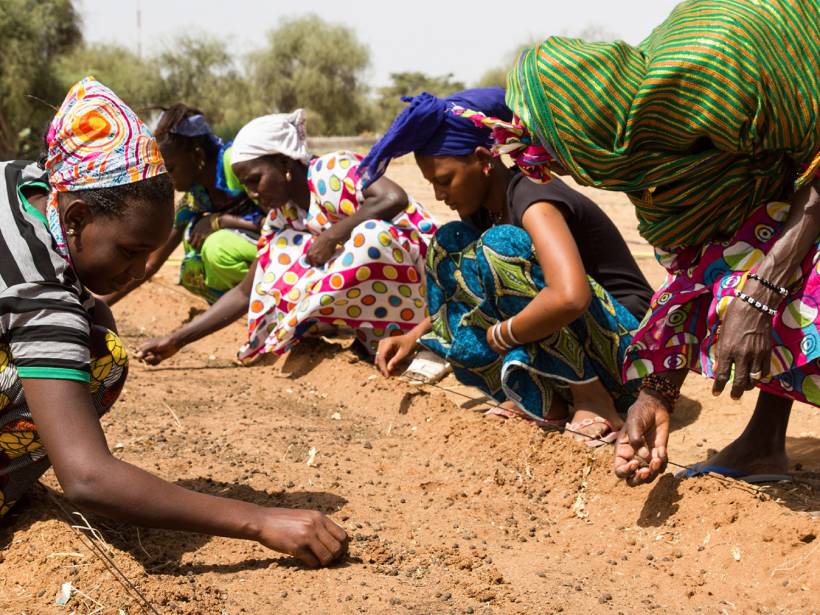A catastrophic earthquake in Turkey in 1999 changed the motion of the Anatolian plate, according to a study that could change the fundamentals of quake models.
Tim Hornyak
Tim Hornyak (www.timhornyak.com) is a Canadian writer based in Tokyo, Japan, who has worked in journalism for more than 20 years. He has written extensively about travel, food, technology, science, culture, and business in Japan, as well as Japanese inventors, roboticists, and Nobel Prize–winning scientists. Tim’s writing has appeared in media including The New York Times, Nature, Science, Scientific American, CNBC, CNET, Eos, The Japan Times, and IDG News. He is the author of Loving the Machine: The Art and Science of Japanese Robots and has contributed to several Lonely Planet travel guidebooks. His favorite robot is Astro Boy, but he firmly believes that the greatest Japanese invention of all time is the onsen (hot spring). He has lived in Tokyo for more than 15 years.
Exposure to Low Levels of Air Pollution Increases COVID-19 Risk
Although causality has yet to be established, an Italian case study found that an increase in annual average exposure to PM2.5 was associated with a jump in the rate of COVID-19.
Did Volcanoes Accelerate the Fall of Chinese Dynasties?
After analyzing ice cores and historical documents, researchers found a link between eruptions and political change in China over the past 2 millennia.
Accurate Simulation of Sun’s Rotation Might Illuminate Solar Cycle
Scientists have known for 400 years about a particularity in the way the Sun rotates. It took the world’s most powerful supercomputer to accurately simulate it.
Predictive Forensics Helps Determine Where Soil Samples Came From
Researchers deploy geochemical analyses to narrow down the search area for a soil sample’s site of origin—an approach that could prove useful to law enforcement.
An Ancient Meltwater Pulse Raised Sea Levels by 18 Meters
Meltwater pulse 1A, a period of rapid sea level rise after the last deglaciation, was powered by melting ice from North America and Scandinavia, according to new research.
Scientists Hope Atmospheric Modeling Can Predict Meteotsunamis
The first extensively documented air pressure–driven meteotsunami on one of the Great Lakes presents an opportunity to use existing weather models to predict when these potentially deadly waves will strike.
New Funding Fortifies Africa’s Great Green Wall
With increased investment and renewed interest, a project to halt land degradation across the Sahel aims to transform the landscape—and people’s lives.
Can Climate Preparedness Mitigate Emerging Pandemics?
Indonesians say being prepared for climate-related disasters helped blunt the impact of the coronavirus pandemic—and that lessons in resilience may mitigate the effects of climate crises in the future.
Scientists Claim a More Accurate Method of Predicting Solar Flares
Supercomputer 3D modeling of magnetic fields could help mitigate damage from geomagnetic storms.










